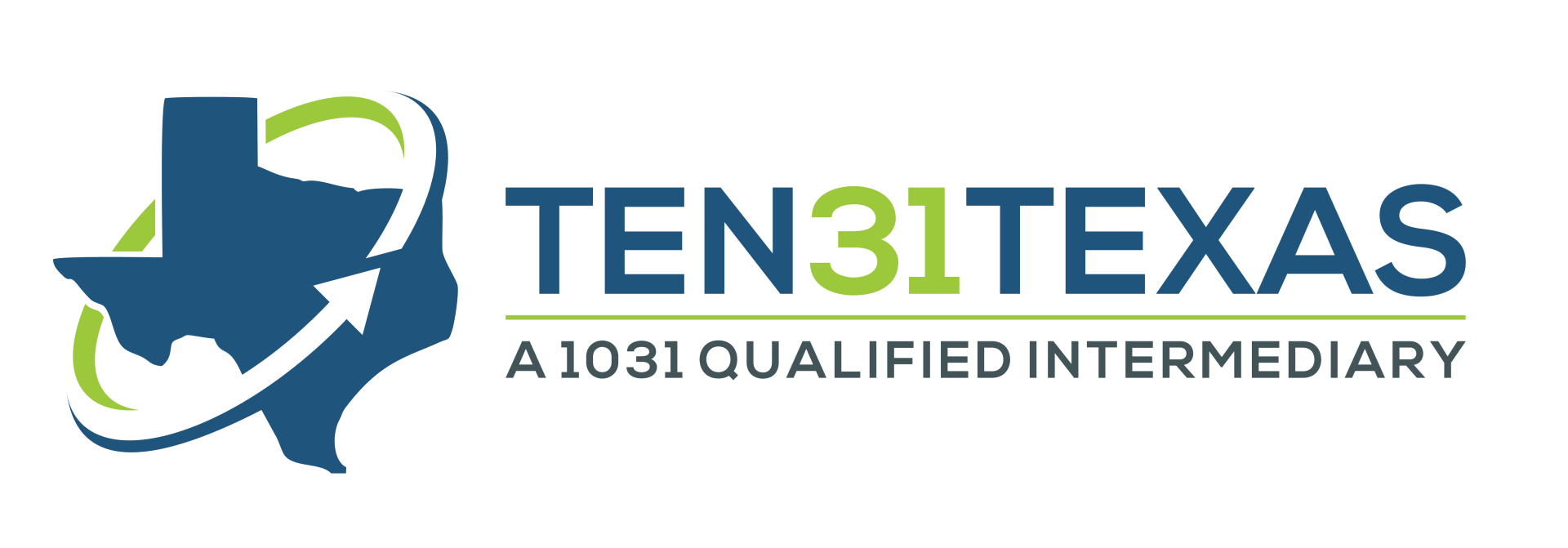1031 Improvement Exchange – Example of Success
Why Choose a 1031 Improvement Exchange?
A 1031 Improvement Exchange can be a great way for property investors to turn what would otherwise be a partial exchange “with Boot” into a full Exchange which defers capital gains tax. Boot refers to the excess cash created when a Replacement Property is purchased for a lower price than the Relinquished Property is sold for, and this difference is taxable. However, if the Replacement Property is a candidate for Improvements that can be completed within the 180-day 1031 Exchange timeline requirement, a 1031 Improvement Exchange can be used.
To take full advantage of a 1031 Improvement Exchange, investors often focus on efficiently using up the excess cash for improvements that will add the most value to the property, such as clearing land, enhancing driveways, adding or repairing fencing, replacing roofs or remodeling the interior. Note, when determining where to focus, investors need to consider that improvements which require complex planning or permitting can be difficult to accomplish in a limited time frame.
How to Set Up a 1031 Improvement Exchange?
To set up a 1031 Improvement Exchange, the Exchanger and a Qualified Intermediary (QI) will use a Parking Arrangement, which is an agreement where the QI agrees to take and hold title to a property for the benefit of the Exchanger. Another key part of the Parking Arrangement is the use of an Exchange Accommodation Titleholder entity, commonly referred to as the “EAT.”
Instead of the Exchanger purchasing the Replacement Property, the QI will use the EAT to make the purchase for the Exchanger's benefit. The Exchange Funds are loaned to the EAT to complete the purchase, and the loan will allow for additional draws to be made to complete improvements. After the initial purchase by the EAT, the Property is leased to the Exchanger, allowing them access to the property. In addition, they are authorized as a Construction Manager to make the selected improvements. Once the improvements are completed, all excess funds are used up, or the 180-day deadline approaches, the Exchange will be completed by having the Exchanger purchase the Parked Property from the EAT at a price equal to the initial purchase price/loan amount, plus the value of the improvement/additional loan draws. This means that every dollar of improvements is now tax deferred, as opposed to taxable boot.
Want a deeper dive on a 1031 Reverse Exchange? Check out the article, 1031 Exchange Types & Key Rules to Follow.
How An Investor Leveraged a 1031 Improvement Exchange to Purchase Replacement Property and Increase Rental Income
A business-savvy real estate investor started a 1031 Exchange by selling their relinquished property. They quickly found a potentially suitable Replacement Property, though it needed some work inside and out to make it more appealing to future renters and to increase the monthly rental rate the property could command. The replacement property was also lower priced than the relinquished property they sold resulting in a potential partial exchange with the exchanger receiving taxable boot after the purchase.
Having already started the Exchange with Ten31 Texas, the Investor, consulted with the Ten31 Texas team regarding the details of the potential Replacement Property. After analyzing the investment opportunity and the improvements needed to the property from a cost and time perspective, it was determined the property would be a perfect candidate to set up as an Improvement Exchange.
The Exchanger and Ten31 Texas set up a Parking Arrangement and then used an EAT to purchase the Replacement Property, funded by a loan from the available Exchange Funds. Once the purchase was completed, the property was leased to the Exchanger, and they brought in professionals to give the interior and exterior of the property a facelift. From new paint to new flooring and more, the Exchanger managed the completion of the interior and exterior improvements, which they funded by taking additional draws on the loan.
The crews worked hard and within 60 days, all the improvements were finished, and the remainder of the Exchange Funds were utilized. The Replacement Property was now ready, and the Exchanger completed the 1031 Improvement Exchange by purchasing the Replacement Property from the EAT, at a price equal to the final loan balance.
By using the 1031 Improvement Exchange strategy, the real estate investor was able to fully defer their taxable gains and complete the improvements on the Replacement Property, leading to increased rental income each month from their latest investment.
Conclusion
For Investors wanting to defer capital gains tax, expand their real estate portfolio and unlock the full potential of real estate investment opportunities, a 1031 Exchange might be right for you.
Connect with Ten31 Texas to see if a 1031 Exchange makes sense for your next transaction. As a Qualified Intermediary, with years of experience handling 1031 Exchanges of all types, we help Investors every day to navigate the 1031 exchange processes with confidence.
Address
901 S. Mopac Exp, Bldg II, Ste 150
Austin, TX, 78746
Business Hours
Monday - Friday
9:00 AM - 5:00 PM
Central Time
Ten31 Texas, LLC

